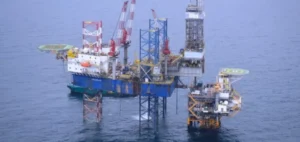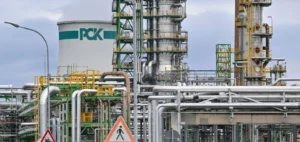Since December 2022, a price-cap mechanism has required Russia to sell its oil to coalition member countries at a maximum of $60 a barrel. This system aims to limit Moscow’s revenues while allowing Russian crude oil exports to flow freely.
Initial impact of the cap
Initially, the cap seemed effective, reducing Russian revenues without disrupting global oil supply. The G7 countries, which provide the majority of insurance services for global cargoes, and the EU, a major player in sea freight, were in a position to influence the Russian oil market.
Bypassing the Cap by Russia
However, Moscow has found ways around these restrictions, including building a “shadow fleet” to transport its own crude and offering its own insurance. This strategy enabled Russia to continue exporting, often at prices above the ceiling.
Rising Russian oil revenues
Despite the cap, Russian oil export revenues reached record levels in September 2023. The average export price for Russian crude even exceeded the ceiling, reaching $81.80 per barrel.
The Western Response and Sanctions
Faced with these circumventions, the EU and the USA have adopted a pragmatic approach, tolerating to some extent Russian exports above the ceiling to countries such as China and India. This strategy enabled more American and Middle Eastern oil to be redirected to Western markets.
Changing Dynamics on the Oil Market
The dynamics of the oil market have changed with the increase in US production and improved deliveries from South America and Canada. These changes have led the United States to consider tightening sanctions against Russia.
One year after its introduction, Russia’s oil price cap has produced mixed results. While the initial objectives have been partially achieved, Russia’s ability to adapt and circumvent restrictions raises questions about the long-term effectiveness of this strategy.






















